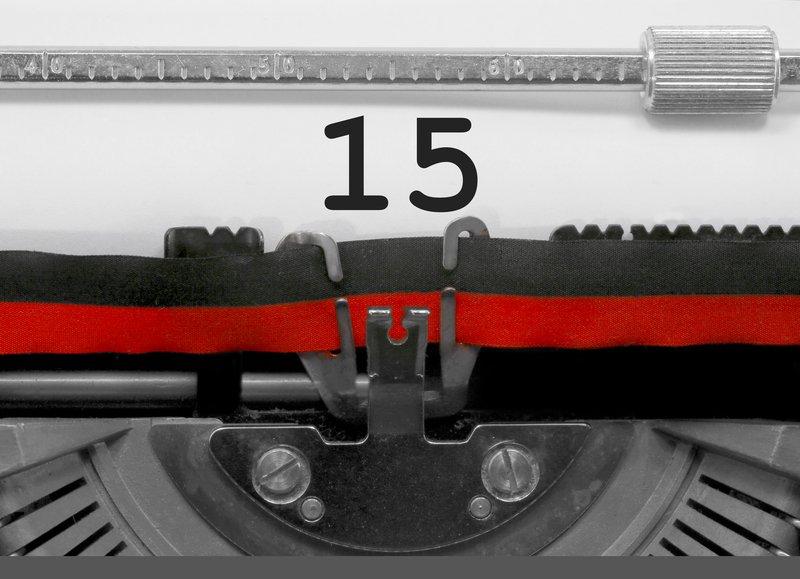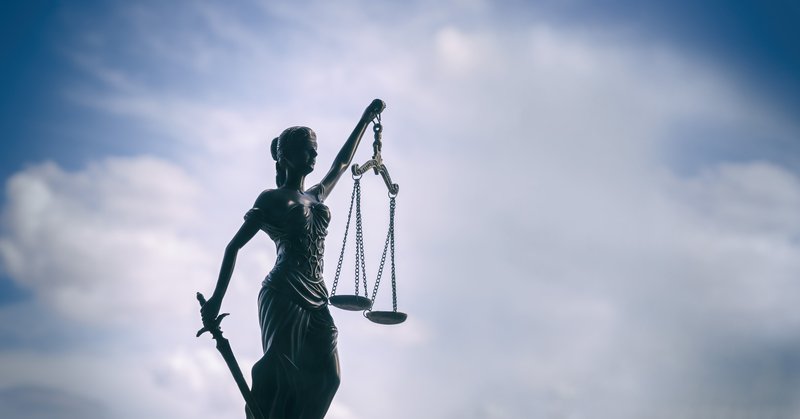As a small business owner, you’ve probably heard of the phrase “Intellectual Property”, or IP as it’s commonly referred to. But studies show that despite knowing what Intellectual Property is, many small businesses assume that protecting their Intellectual Property is only something that larger, well-known businesses need to worry about.
The fact is that IP protection is something that many start-ups and small businesses can benefit from considering early on, because without the right protection businesses could lose some of their most valuable assets.
To help you get to grips with the subject, this guide looks at some of the key intellectual property rights small business owners need to know about.
What is Intellectual Property law?
Intellectual property law exists to protect creative work from being copied or exploited without the permission of the creator or legal owner of that creative work.
Intellectual property is something unique that has actually been physically created. An idea alone does not count as intellectual property although recording that idea in writing or through a design could count as IP.
Some types of intellectual property will automatically exist as a legal right without the owner of the IP having to take any action to register it. Other types of intellectual property rights require action to be taken, such as registration of the intellectual property right with a government organisation, before that IP right can legally exist.
Once someone has a legal intellectual property right over a piece of work, they can take action to stop other people or businesses from using or exploiting their work.
There are different types of intellectual property rights which apply to different types of intellectual property. The key types of relevance to small businesses are;
- Trademarks (registered and unregistered)
- Patents
- Copyright
- Registered Design rights.
Registered Trademarks
If you have a brand that is unique to your business you may be able to register it as a trademark. The law allows certain “brands” to be registered as belonging to individuals or businesses.
You can register something as a trademark if it is a sign, which is capable of being represented graphically, and is capable of distinguishing goods or services of one business from those of another business. Signs which you may be able to register as trademarks include names, logos, domain names, designs and the shape of physical goods.
A number of strict criteria must be met before something can be registered as a trademark. For example, your trademark must be unique. Vague or generic descriptions such as, “We are the best” cannot be registered as trademarks.
Also, descriptions of what a product is, such as “Froot Loops” to describe a fruit cereal, are not capable of being registered as a trademark.
It is important to note that registered trademarks will relate to specific types of goods or services being offered. It is possible for two separate businesses to register the same name as a trademark but for different products, for example “Jonesdown Estate Agents” and “Jonesdown Hairdressers”.
Free Tide Business Bank Account - £50 Cashback!

Open a free business current account to qualify + enjoy 12 months free transactions. Read our Tide review.
If your business uses any signs capable of being registered as trademarks you can benefit from getting them registered. You can apply to register your trademark at the Government-run, Intellectual Property Office.
Owners of a registered trademark can take legal action against anyone who uses their brand without permission. If your trademark becomes well known you could also make money from selling and licensing it to other businesses.
If you don’t register a trademark your competitors could benefit from using your name or damage your reputation by associating your products with theirs.
If you and a competitor are using the same or similar trademarks in a similar market and you do not want to take legal action it could be a good idea to enter into a “Coexistence Agreement”. This is a legally binding contract setting out, amongst other things, what trademarks are being allowed to coexist.
Unregistered Trademarks
If your business has a brand or distinguishing sign which has not been registered as a trademark you may still be able to sue another business for using your trademark without your consent. To do this you would need to sue for “passing off”.
It is worth bearing in mind that these types of legal cases can be long, expensive and difficult to win.
Patents
A patent is an intellectual property right which enables the inventor of a product or process to protect their invention. With a patent, you can prevent others from making, using or selling copies of your invention without your permission.
A patent, effectively gives the inventor a monopoly over their invention for a period of 20 years, in return for disclosing it.
Patents usually cover products or processes which contain new technical or functional aspects. It is possible to obtain a patent for an improvement in the way something is made or produced.
To get a patent your invention must meet strict criteria;
- The invention must be new. For the invention to be classed as new it must not have been made available to the public before.
- The invention must also involve a “creative step”. This means the invention cannot be something which has previously existed (but not been made public). It must have actually been invented.
- The invention must be capable of industrial application.
You can apply for a patent on the Gov.UK website here and search for existing patents here.
Once granted, a patent gives the inventor the legal right to take action against anyone trying to use the patented technology without permission. It is the inventor’s responsibility to take legal action against anybody who infringes the patent.
As with other IP rights, the owner of a patent can licence or sell it to third parties.
It is vitally important to remember, an invention which has been disclosed to the public will not be regarded as new and as a result cannot be granted a patent.
There are certain ways that you may accidentally disclose your patent to the public without realising it, so if you think you have patentable technology on your hands, it is a good idea to seek legal advice at an early stage.
Copyright
Another well known intellectual property right is copyright. This protects an original piece of work from being copied.
Types of work which can be protected by copyright include books, written pieces of work, the layout of written work, oral presentations, music, drawings, paintings, photographic work, illustrations, computer programs, software and website content.
To be protected by copyright law a piece of work needs to be regarded as “original” and a “degree of labour skill or judgement” must have gone into creating it. The work must have actually been created, an idea alone is not enough.
As an example, your idea for a book would not qualify for copyright law protection but the actual content of your book could.
You do not need to register your work for it to be protected by copyright law. Work which meets the correct criteria (i.e. which is original and has been created using a degree of labour, skill or judgement) will automatically be protected by copyright law.
If your work is protected by copyright this means that other parties cannot copy it, distribute it, make an adaption of it, put it on the internet or show or play it in public without your permission. If you believe someone is using your copyright without your permission you can take legal action to prevent them from using it.
The copyright you own can also be licensed or sold to third parties. Copyright licenses can specify exactly how another party is allowed to use your copyright. This can be a good way to make money from your copyright whilst controlling how it is used.
Registered Design Rights
Registered design rights allow the owners of a product to protect others from copying the appearance of that product. In order for your product to be protected, the design must be new at the time it is registered and must have some individual character.
The aim behind this type of protection is to protect the appearance of your design. This includes its overall appearance, physical shape, configuration (ie how different parts of a design are arranged together) and decoration. Examples of designs which could be protected include the shape of appliances and the packaging of a product.
You can apply for a Registered Design right by making an application to the Intellectual Property Office (IPO).
How IP affects small businesses
As the world of business becomes increasingly crowded getting to grips with intellectual property is vital for businesses of all sizes. A study by the Legal Services Board showed that failing to get legal advice on IP can have disastrous effects for small businesses including financial losses, wasted time and long lasting damage to reputation.
If you are worried that the intellectual property in your business is not sufficiently protected, or that you may be infringing the rights of another business, talking to an IP solicitor is a good idea. If you are worried about costs it is a good idea to get a number of quotes from different lawyers before you instruct one.
This guide was written for ByteStart by LawSpark – a lawyer comparison website which lets anyone needing legal help, post job ads for UK lawyers and receive quotes for free.










